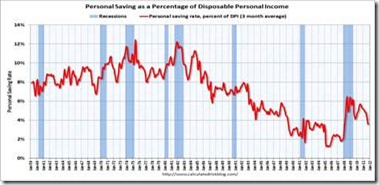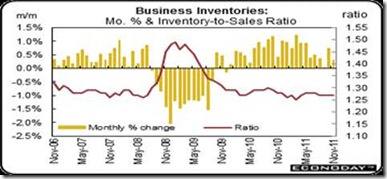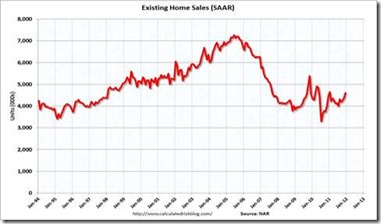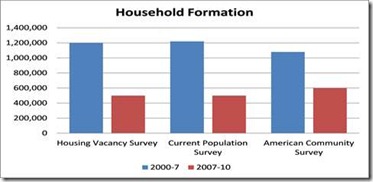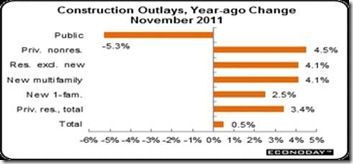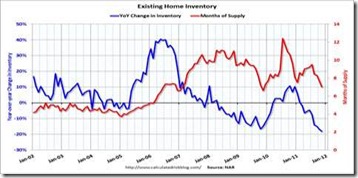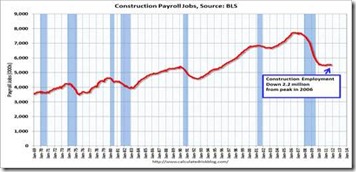The idea of fair play may be the key issue in 2012—with the Presidential campaign and economic growth. How so? Both political parties are jockeying to portray their message as fair—Democrats want to restore the middle class, and Republicans still believe the wealthiest are already paying their fair share of taxes. So they maintain any tax increases at all will harm growth prospects.
And President Obama’s message in his 2012 State of the Union speech was even more encompassing. He said “A return to the American values of fair play and shared responsibility will help us protect our people and our economy. But it should also guide us as we look to pay down our debt and invest in our future.”So President Obama also believes the issue of fair play could dominate this election year. But how will it protect our economy and pay down our debt? Obama wasn’t clear on this, but past history and economic research tells us why. Simply put, the more equal distribution of wealth even up through the 1990s when the maximum tax brackets for income, capital gains, and even dividends’ taxes were higher, produced a thriving middle class so that overall economic growth was higher that it is today with a vastly reduced middle class.
And fair play is in the news. Andrew Kohut’s most recent New York Times Op-ed highlighted a recent poll which “found that 66 percent of Americans believed there were “very strong” or “strong” conflicts between the rich and the poor — an increase of 19 percentage points since 2009”. And, “they care about policies that give everyone a fair shot — a distinction that candidates in both parties should understand as they head into the 2012 campaigns’.
“An awareness of economic inequality is not new,” says Kohut. “Pew surveys going back to 1987 have found an average of 75 percent of the American public thinking that the “rich are getting richer and the poor are getting poorer.” As far back as 1941, 60 percent of respondents told the Gallup poll that there was too much power in the hands of a few rich people and large corporations in the United States.”In fact, fair play is a very important part of consumer and business confidence, say economists Robert Shiller and Nobelist George Akerlof in Animal Spirits, How Human Psychology Drives the Economy and Why it Matters for Global Capitalism, which further develops famous economist John Maynard Keynes’ thesis that animal spirits, or emotions, drive most financial decisions. And we can measure the degree of confidence at any time in the economy, mainly via the two major sentiment surveys of the Conference Board and University of Michigan.


- The cornerstone of our theory is confidence and the feedback mechanism between it and the economy that amplify disturbances.
- The setting of wages and prices depends largely on concerns about fairness.
- We acknowledge the temptation toward corrupt and antisocial behavior and their role in the economy.
- Money illusion is another cornerstone of our theory. The public is confused by inflation or deflation and does not reason through its effects.
- Finally, our sense of reality, of who we are and what we are doing, is intertwined with the story of our lives and of the lives of others. The aggregate of such stories is a national or international story, which itself plays an important role in the economy.
In other words, when the playing field is not perceived as fair, then the public retreats to inaction. “If this is what we mean by confidence, then we immediately see why, if it varies over time, that it plays a major role in the business cycle,” say Akerlof and Shiller.
President Obama was talking not only about the huge decline in income inequality over the past 30 years, and un-progressive tax code that allowed countless tax loopholes and benefits for those individuals and industries that needed them the least, but the loss of opportunity and social mobility that has put the U.S. near the bottom of all developed countries in quality of life factors, according to Richard Wilkinson, a leading authority on the effects of inequality.
And we know a more progressive tax structure means more economic growth and increased tax revenues. President Clinton proved this with his combination of reduced government spending and higher maximum tax brackets that caused 4 consecutive years of budget surpluses.
Whereas the Republican’s sense of fair play doesn’t play well with most Americans, according to the Pew survey. “Just 11 percent of Americans say they are bothered by the amount they pay, while 57 percent of respondents say they are bothered by what they believe are unfairly low amounts paid by the wealthy.”Then why is it Republicans in particular continue to oppose any government help to boost economic growth? It could be what Robert Frank calls cognitive illusion, in a recent Sunday New York Times Economic View article. Their wealthy supporters believe higher taxation means they will lose out on the things they value most, and which go to the highest bidders—waterfront properties, precious jewels or art, etc.
“But a tax increase is different,” says Frank. “It affects all participants in the bidding for positional (i.e., luxury) goods. And because it leaves everyone with less to spend, it has essentially no effect on the outcomes of those contests. The same paintings and the same marina slips end up in the same hands as before.” So there is no reason for the 1 percent not to enjoy the benefits of fair play, as well. “…higher spending on many forms of public consumption would produce clear gains in satisfaction for the wealthy,” says Frank. “It’s reasonable to assume, for example. That driving on well-maintained roads is safer and less stressful than driving on pothole-ridden ones.”Harlan Green © 2012

